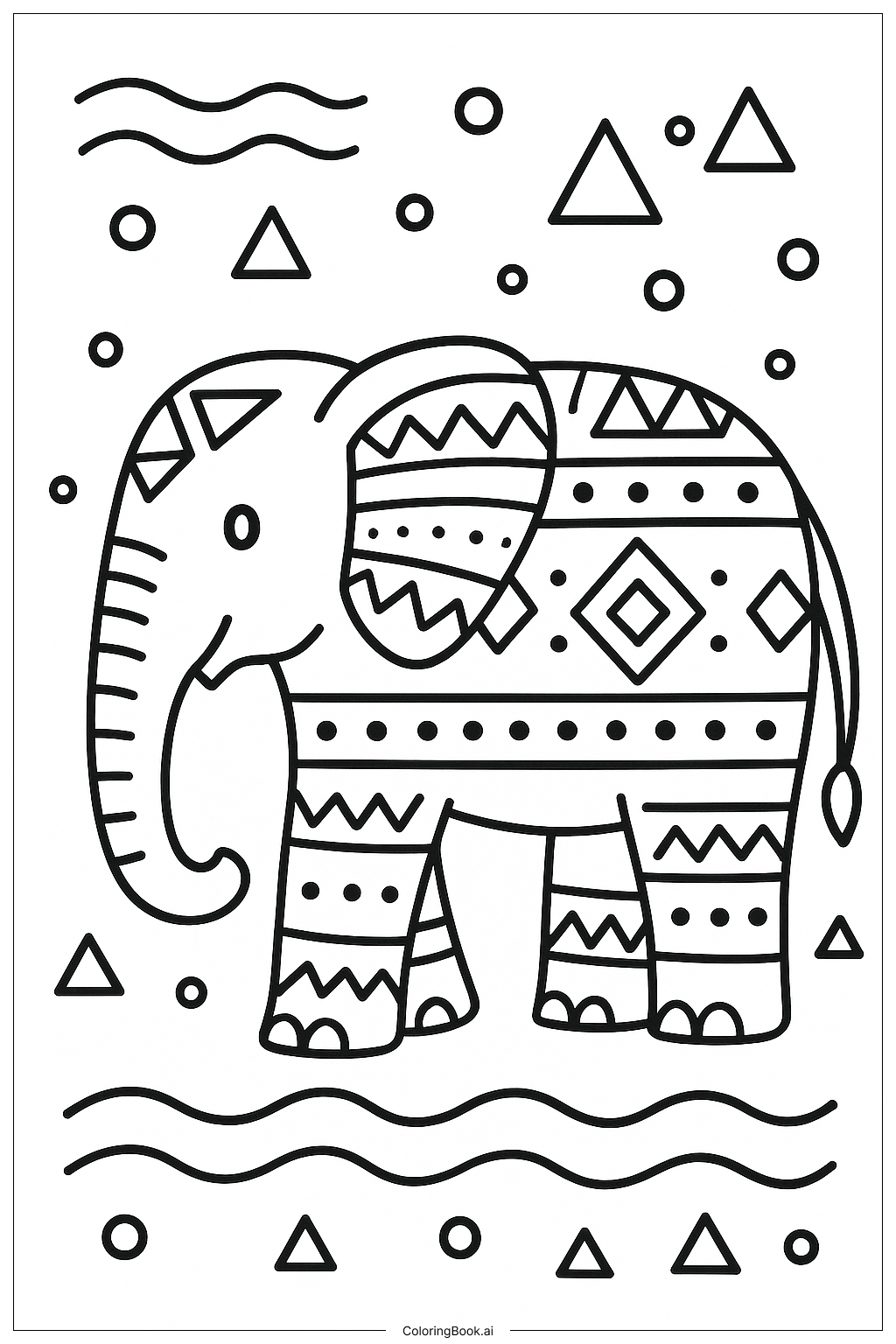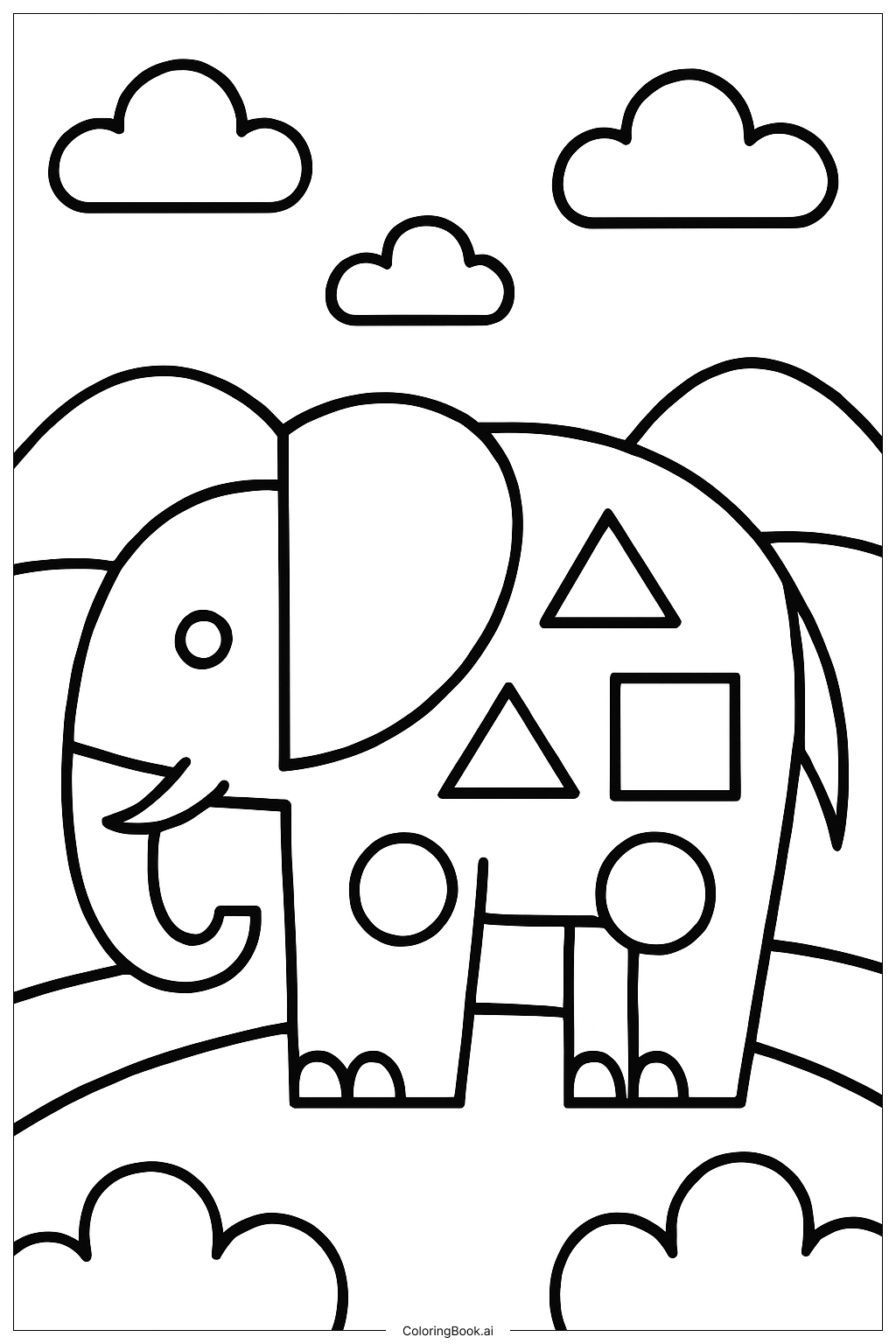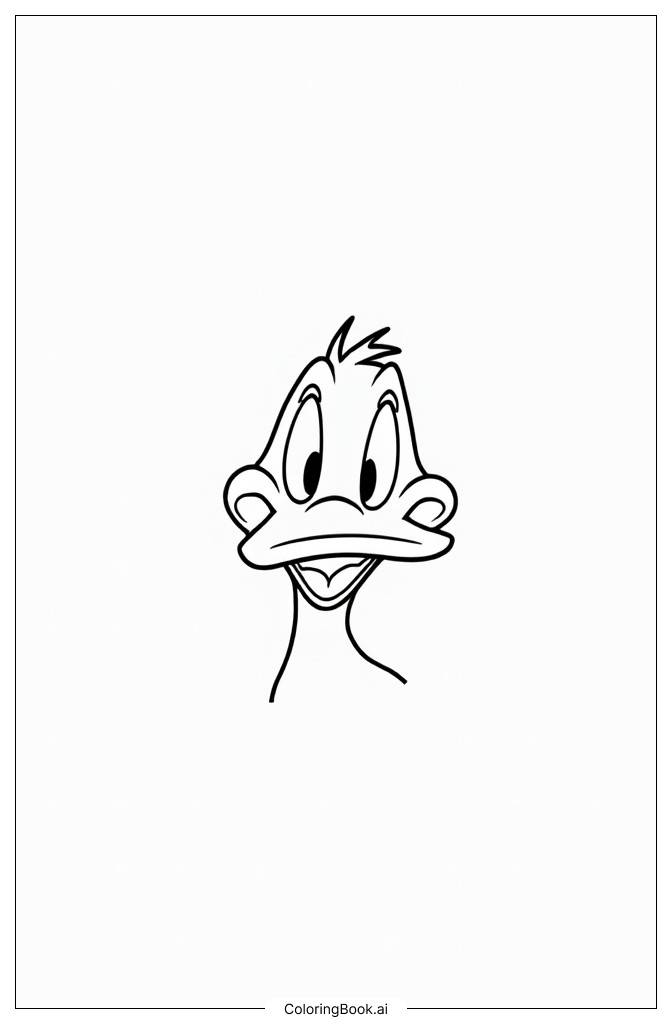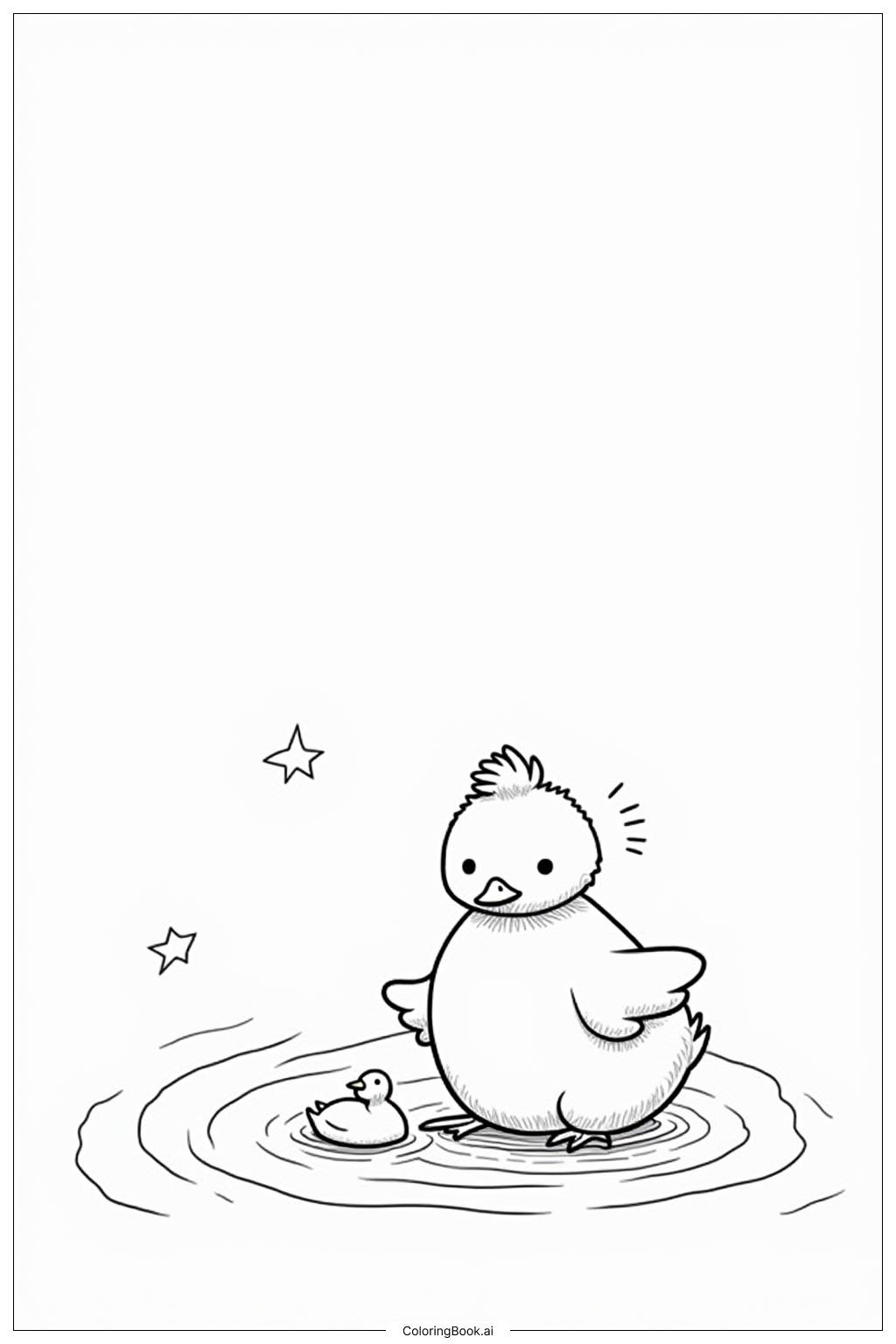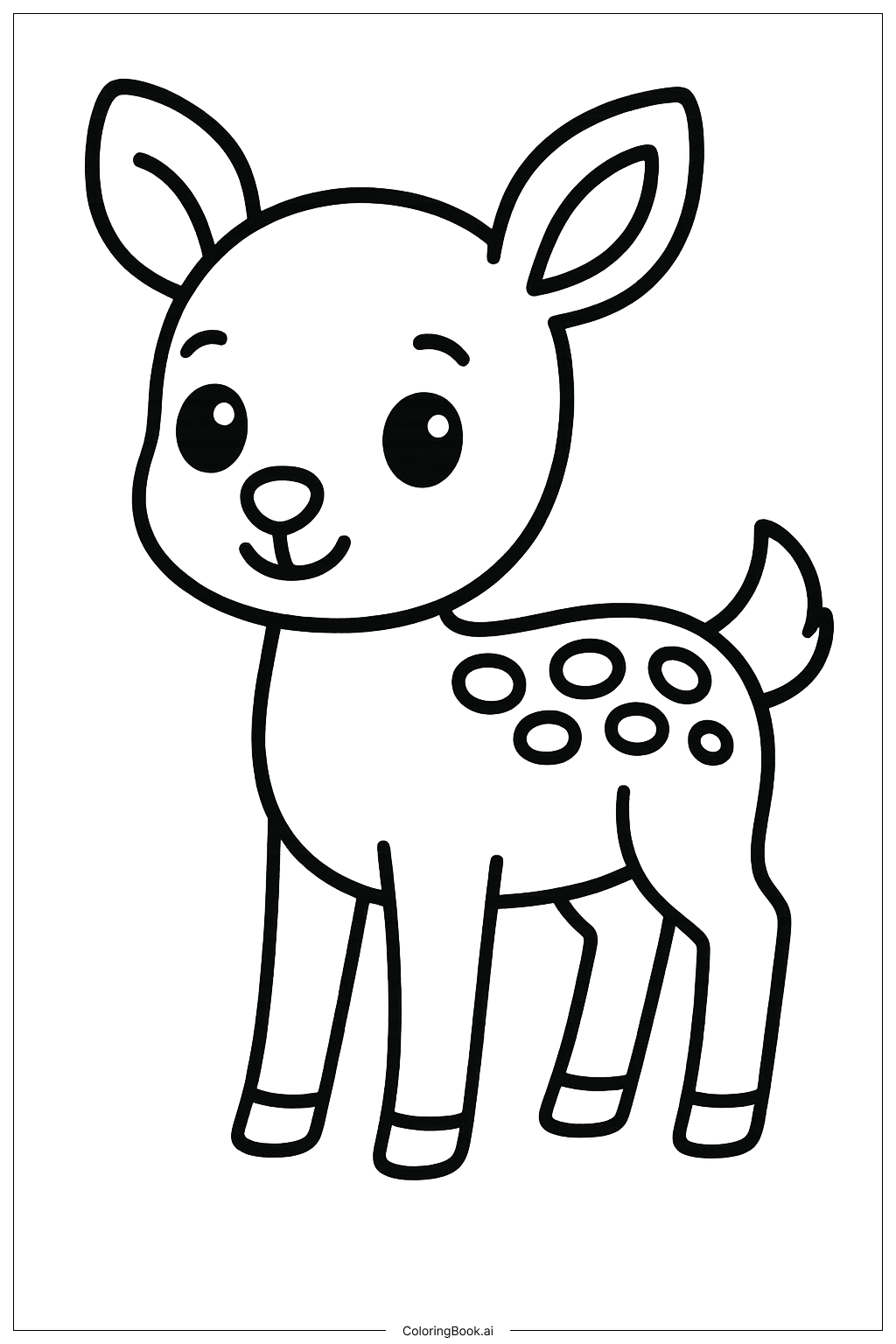Coloring tips: How to color Peppa Pig's Emily Elephant coloring page well?
When coloring Emily the Elephant, kids can use different shades of gray for her body to represent a real elephant. They can add a little pink for her ears and cheeks to make her look cute. The dress can be any color they like, allowing for a personal touch. Encouraging kids to think about what colors match well together can enhance their understanding of color harmony. They can also use brighter colors for accessories or background elements, making the picture lively and engaging. Adding unique patterns to her dress or background can further enhance the creativity.
Coloring challenges: Which parts are difficult to color and need attention for Peppa Pig's Emily Elephant coloring page?
Coloring Emily the Elephant can present a few challenges. Firstly, getting the trunk color right can be tricky, as there is a lot of area to cover, and it needs to be smooth. Secondly, coloring the ears can require a lighter touch, especially if kids choose to make them pink. They might accidentally color outside the lines, which can be frustrating. Thirdly, selecting colors that work well together can be a challenge for younger children. They may have difficulty in visualizing how different colors will look next to each other. Lastly, if kids want to create a patterned dress, it might be tough for them to manage multiple colors without making it too busy or chaotic in design.
Benefits of coloring books: Advantages of drawing Peppa Pig's Emily Elephant coloring page
Coloring Emily the Elephant offers many benefits for children. It helps develop fine motor skills as they learn to control their coloring tools. It also encourages creativity, allowing kids to express their color preferences and imagination. As they color, they can practice color recognition, learning which shades work well together. Coloring can also be a calming activity that reduces stress and promotes relaxation. Moreover, working on this fun character can enhance a child's focus and concentration, particularly when they concentrate on staying within lines or creating patterns.

